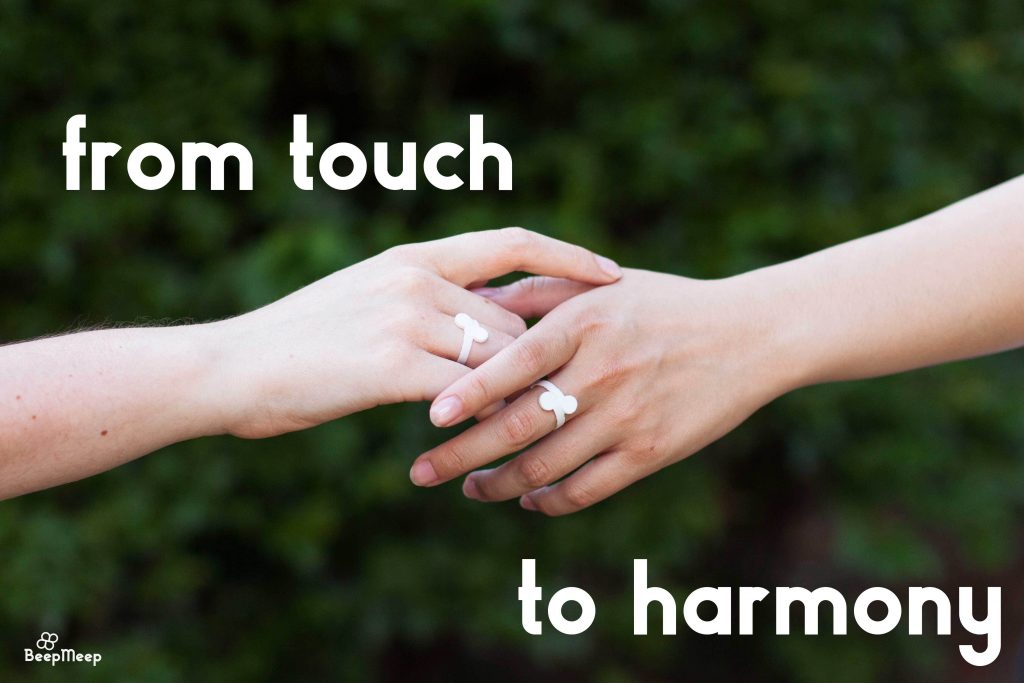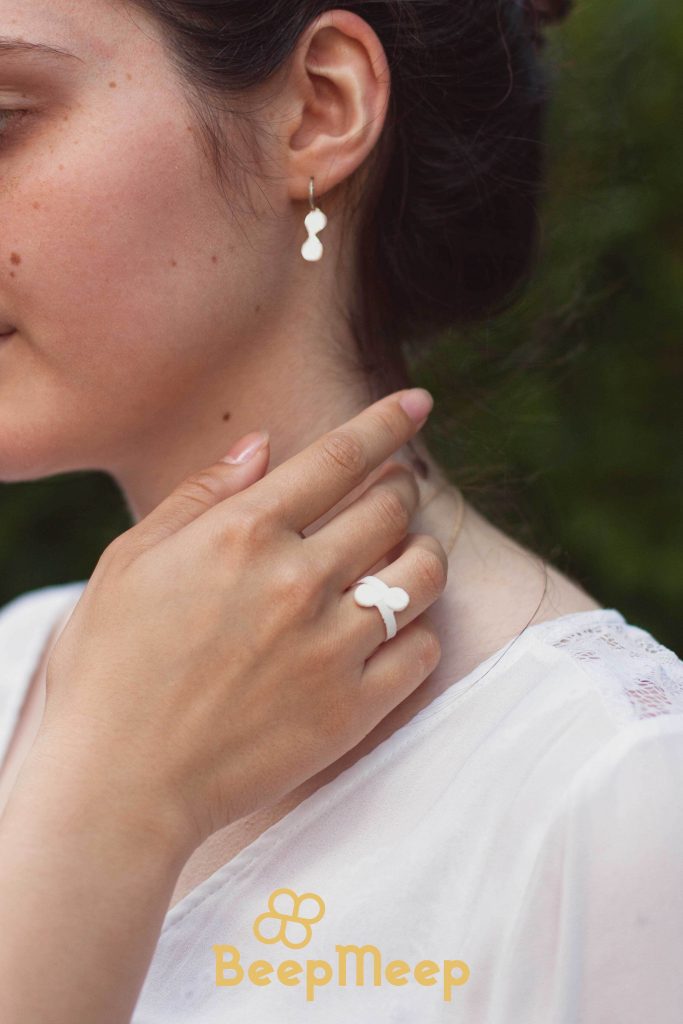Using IoT as an ambient, reflective and tangible medium for designing a human-centered artifact that stimulates digital wellbeing
Uncontrolled, brief smartphone revisitations are a crucial, prevalent issue. Much of typical smartphone usage is shown to consist of short, repetitive revisitation habits which can have negative consequences for mental health. Despite its prevalence, uncontrolled revisitation remains largely untapped in digital wellbeing interventions.
To fill this gap, this project crafted the “Revisitation Reflector”; an ambient, internet of things artifact designed to help users take control of their digital wellbeing by becoming aware of and reflecting on their smartphone revisitation patterns. Fully functioning prototypes of this artifact were subsequently deployed in the field to study the sensemaking associated with the device, and to study the role, design and impact of the IoT device.
Based on the field study, a number of findings were uncovered. Together, these findings provide guidelines and future opportunities on designing for digital wellbeing through employing the untapped, pertinent metric of revisitation; and through an ambient, reflective and tangible medium that has so far not been widely adopted for the digital wellbeing domain.
The project aims to spark a new narrative on what it means to use IoT as a medium for designing responsible, human-centered interventions for digital wellbeing and what it means to design for experiential human-data interaction.
| University | University of Twente Human-Media Interaction Group and Interaction Design Group |
| Project type | graduation project |
| Student | Suhaib Aslam |


